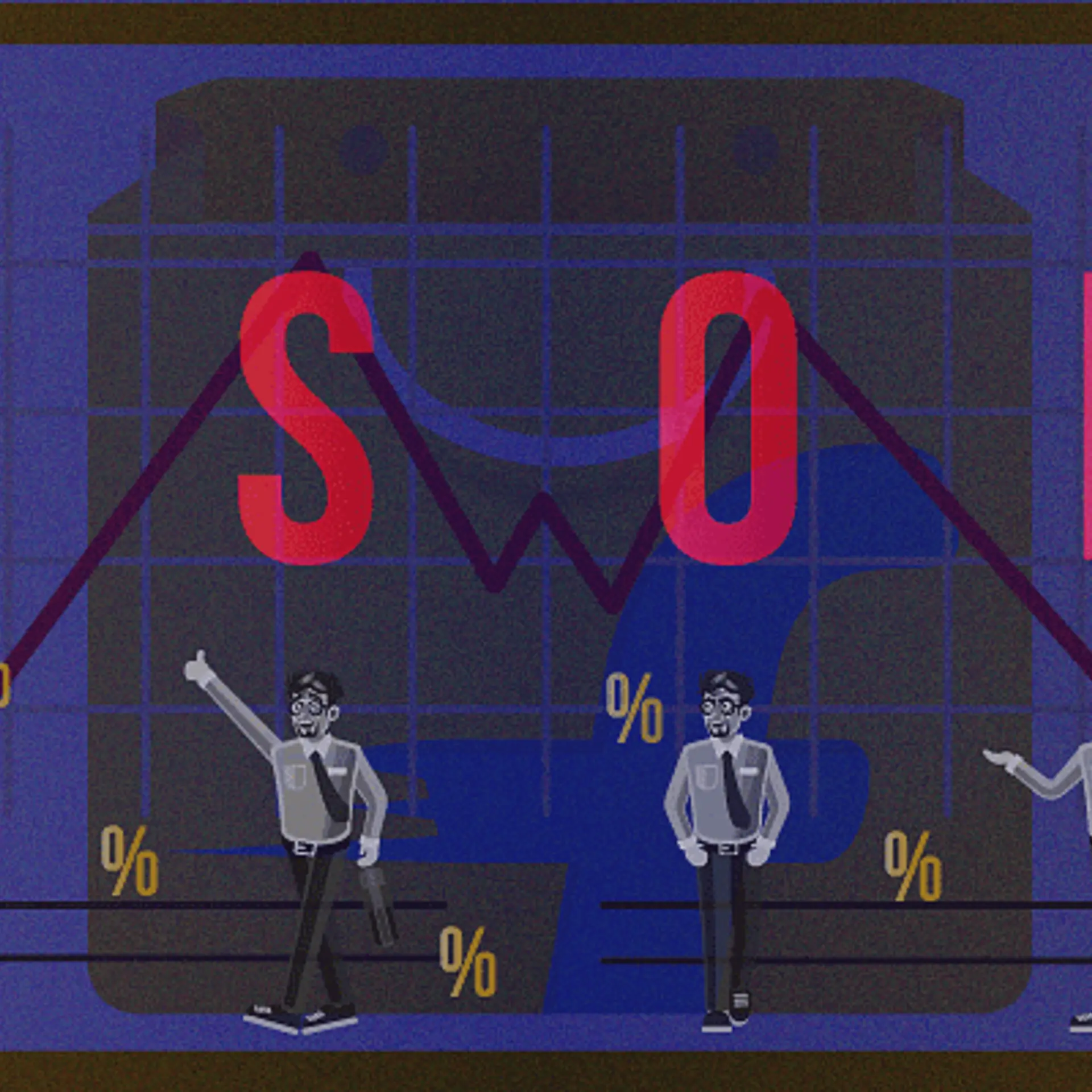Indian SaaS industry fights global macro conditions; Gen AI to usher in change: Report
The report by SaaSBoomi and McKinsey insists the Indian SaaS ecosystem has been built on a strong foundation and is resilient in the face of global headwinds where Gen AI will take centre stage.
The Indian software-as-a-service (SaaS) ecosystem is on track to achieve $50-70 billion revenue and $0.5 trillion+ of enterprise value aspiration by 2030”, a new report found.
This is at the lower end of its projections of $500 billion to $1 trillion value-creation opportunity estimated in its 2021 report, which was also launched by –a community of over 3,000 founders–in partnership with consulting firm McKinsey.
Investments in Indian SaaS companies increased by 24% to $7.4 billion in 2022 from $5.9 billion the previous year when globally, there was a 20% decrease in capital invested.
“Everybody is focused on the peak but I would look at a 10-year horizon. In 2015, we were 40 companies. None of us could have imagined we would scale to this level as an ecosystem. There is real revenue growth and with 75-80% gross margins, it’s a very healthy business,” says Manav Garg, Co-founder of Solutions and Governing Council Member, SaaSBoomi.
While the revenue projections of Indian SaaS firms for 2025 and 2030 are largely in line with the 2021 estimates, the same cannot be said about their valuations. The 2023 estimated enterprise value of pure-play Indian SaaS firms in 2025 is $150-200 billion, about 32-52% lower than the 2021 estimates of $220-420 billion.
“... the Indian SaaS ecosystem has grown faster than expected, growing from $2.6 billion in 2020 to $7 billion in 2022, fueled by a three-fold increase in the number of new SaaS companies founded,” read the 2023 report.
The global economic conditions have forced companies worldwide to lay off their employees and cut their tech spends impacting SaaS firms’ growth.

Revenues and implied enterprise value of Indian SaaS companies
Source: Indian SaaS 2023 Report by SaaSBoomi and McKinsey
There are around 3,500 pure-play SaaS firms, or firms that offer a fully hosted system where their customers would need standard devices to access their offerings, based in India.with a combined revenue of around $7 billion with nearly half of their revenues (approximately 45%) from the North American regions.
“We had forecast a growth of about 40% between 2020 and 2025 when we did our first report for SaaSBoomi two years back. When we looked at the numbers for 2022, we actually grew between 60-70%. So, we are at 1.5 times the original projection in two years,” said Noshir Kaka, Senior Partner at McKinsey & Co, in a conversation with YourStory.
Gen AI to change face of SaaS
As per the report, Generative artificial intelligence or Gen AI, is a “watershed moment” for SaaS.
“Over the next five years, a majority of the SaaS companies will include Gen AI in their offerings,” says Garg.

India's SaaS landscape, 2023
Source: Indian SaaS 2023 report by SaaSBoomi and McKinsey
In India, the Gen AI space is heating up with the number of startups operating in the space having more than doubled since 2021 and raised a total of $590 million till May this year.
The potential India gross domestic product contribution by AI by 2025 is estimated to be the highest in consumer goods and retail segment ($90-95 billion) followed by agriculture and banking and financial services ($60-65 billion each) and telecom, media and Information Technology ($%50-55 billion).
McKinsey’s Kaka says there are only four major numbers one needs to remember with respect to Gen AI’s capabilities when it relates to SaaS: 20, 30, 40 and 80-100.
“In the last one year, with the advent of generative AI technologies, we’ve expanded the addressable market by 20%. The 30 refers to a 30% increase in productivity (of employees in SaaS firms) because of all forms of co-pilots,” he explains.
The 40 refers to 40% improvement in effectiveness of the sales, general and administrative functions in SaaS firms. “The last is the most important one–80-100. Even if you ignore growth, productivity and effectiveness, developers and product managers report an 80-100% improvement, sometimes even 200% improvement, in their experience and satisfaction of their work using these tools,” says Kaka, explaining the “incredible shift from SaaS to SaaS.ai.
These numbers are based on the research conducted by McKinsey in the Indian ecosystem. Commenting on the popular debate of technologies such as Gen AI taking away jobs, Kaka says that based on historical data and experiences, investments in technology will continue to rise as in the past and that “repeated retraining and retooling to the new skill sets” will happen.
“Unless there is a day that comes when you see 100% or close to 100% of tasks in a job family getting automated, I still think that the work required to actually keep up a new LLM (large language model) and a family of LLMs into a company and actually use it, the workload is going to go up massively. Just as we are cutting out work, we are adding new areas that were not there before,” he explained.
Edited by Akanksha Sarma








